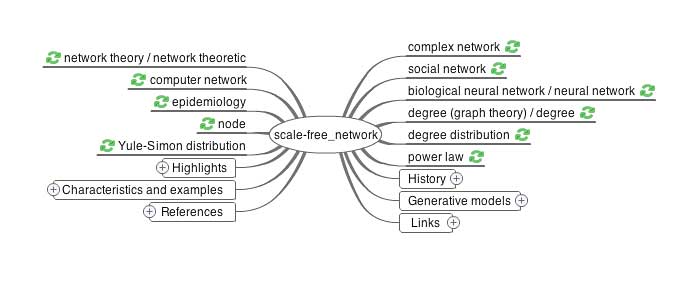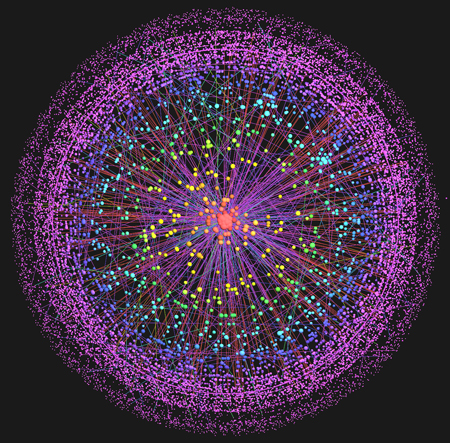In the last two decades, the computing industry was obsessed with computing power. In the next two decades it will be obsessed with power — or more specifically, the colossal inefficiencies of conventional PC-based networking. It looks as thought, at last, the penny has dropped…
MOUNTAIN VIEW, Calif.–(BUSINESS WIRE)–Intel Corporation and Google Inc. joined with Dell, EDS, the Environmental Protection Agency (EPA), HP, IBM, Lenovo, Microsoft, PG&E, World Wildlife Fund (WWF) and more than 25 additional organizations today announced the Climate Savers Computing Initiative (www.climatesaverscomputing.org). The goal of the new broad-based environmental effort is to save energy and reduce greenhouse gas emissions by setting aggressive new targets for energy-efficient computers and components, and promoting the adoption of energy-efficient computers and power management tools worldwide.
“Today, the average desktop PC wastes nearly half of its power, and the average server wastes one-third of its power,” said Urs Hölzle, senior vice president, Operations & Google Fellow. “The Climate Savers Computing Initiative is setting a new 90 percent efficiency target for power supplies, which if achieved, will reduce greenhouse gas emissions by 54 million tons per year — and save more than $5.5 billion in energy costs.
“We are asking businesses and individuals throughout the world to join with us to institute better power management of their computing equipment and purchase energy-efficient computers,” Hölzle added.



